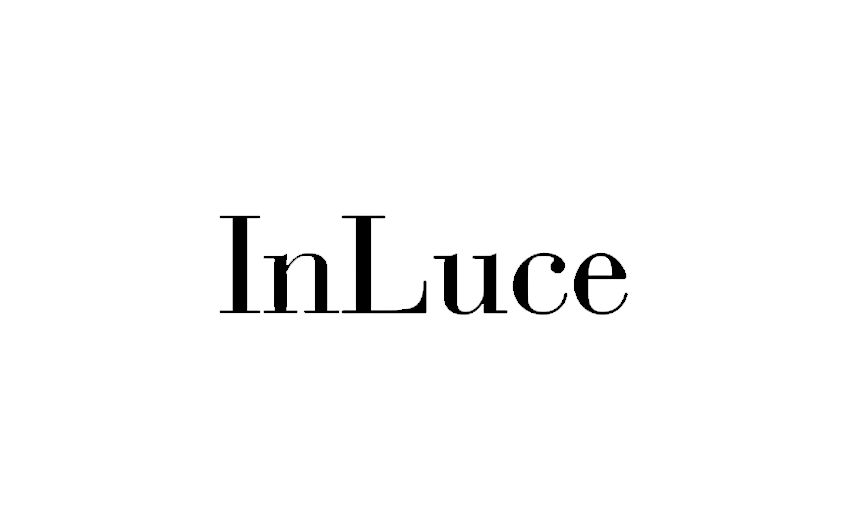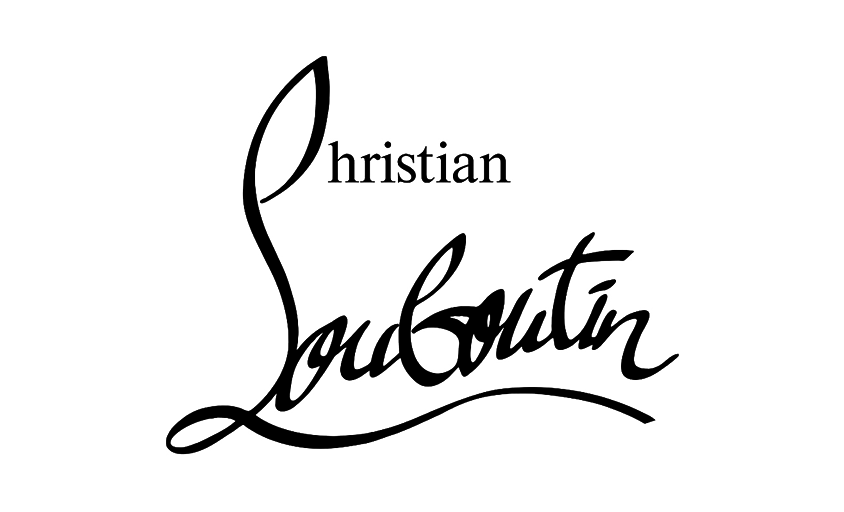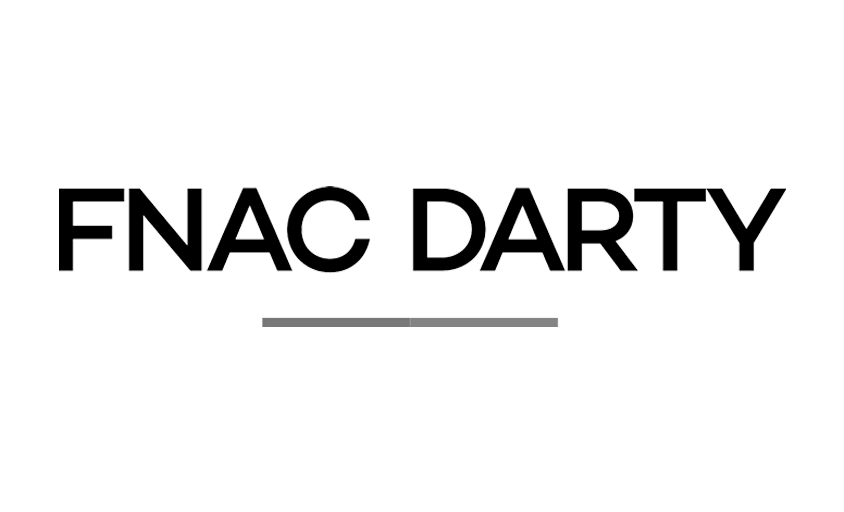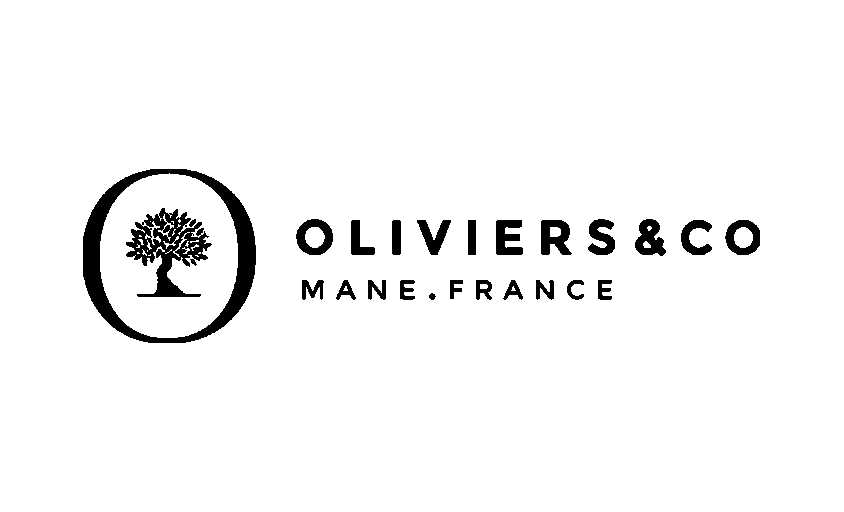History of Argentic Retouching
In this article :
The history of retouching started with the argentic retouching, which takes us back to a time when every image was carefully worked by hand to enhance reality. Before the advent of digital technology, retouching was a manual art, essential for transforming negatives and prints into unique works of art. This article traces the fascinating journey of argentic retouching, from its artisanal beginnings to the peak of its influence on classic photography.
The Early Techniques
At the birth of photography in the 19th century, early photographers faced the technical limitations of the process. Negatives and prints required manual intervention to correct flaws and enhance the aesthetic of the image. Among the methods used, we can mention:
- Negative Scratching: Photographers would retouch the negatives by carefully scratching unwanted areas to soften shadows or remove imperfections.
- Painting on Prints: A common technique involved directly retouching the prints by adding paint. This method not only allowed for correcting flaws but also beautified the image by emphasizing certain details.
- Masking and Collage: Some pioneers created photomontages by layering multiple negatives or prints, masking unwanted elements and combining different images to achieve a novel result.
Between Technique and Creativity
Although labor-intensive, analog retouching was primarily an artistic expression. Each gesture (whether it was scratching, painting, or assembling images) was a creative decision aimed at enhancing the visual quality and emotional impact of the shot. Here are some key points illustrating this artisanal approach:
- Detail and Precision: The meticulousness required to correct a negative demanded extraordinary patience and skill. The smallest mistake could jeopardize the entire print.
- Creation of Artistic Effects: Beyond simple correction, retouching allowed for the addition of an aesthetic dimension. Painting and collage techniques offered the opportunity to create unique atmospheres and transform reality into an idealized vision.
- Conveying Emotion: Each retouching was considered a means of conveying a particular emotion or ambiance, making the image more vibrant and engaging for the viewer.
These artisanal methods, although tedious, have shaped the history of photography by laying the foundations for modern retouching techniques.
The Cultural Impact of Argentic Retouching
The history of the history of argentic retouching is not limited to technical aspects; it has also shaped the way we perceive and interpret images. The ability of photographers to transform an ordinary photo into a work of art has profoundly influenced visual culture. For example:
- In Magazines and Propaganda: Meticulous retouching allowed for the idealization of portraits and reinforced the message conveyed by the image, thus contributing to the construction of a public image that was often idealized.
- Evolution of Aesthetic Standards: Retouching techniques helped define beauty and composition standards that still persist today, albeit reinterpreted in the digital age.
- Artisanal Legacy: Even with the rise of digital technologies, the artisanal approach of the history of argentic retouching continues to inspire visual professionals, who see these techniques as a guarantee of authenticity and quality.
Conclusion
The history of the history of argentic retouching is a vibrant testament to the ingenuity and creativity of early photographers. Through meticulous manual techniques, they managed to transform raw images into works of art, laying the foundation for a craft that continues to influence contemporary photo retouching. While the digital revolution has changed the landscape, the artisanal spirit of the history of argentic retouching remains an endless source of inspiration for those seeking to elevate the image. This legacy, rich in innovations and emotions, reminds us that behind every photograph lies meticulous and passionate work, capable of transforming reality into a timeless visual experience.
Jérémy Carlo is the editorial director at Rétines, where he ensures the consistency and clarity of all content produced by the studio.
Our Clients
Let’s discuss
What we do for you at Rétines
Meticulous work, an organised project and fast delivery. And to achieve this, we mobilise the right resources in our teams at the right time.
01
Pre-production
Artistic and technical direction tailored to the project.
Relevant recommendations on content, form and resources.
02
Photo Shooting
Photos taken by our experienced photographers.
Production that’s controlled, efficient and tailored to the needs of the project, with nothing superfluous.
03
Retouching
Technique
Photographs magnified by our retouching team.
Post-production to meet the commercial challenges of the brief.












